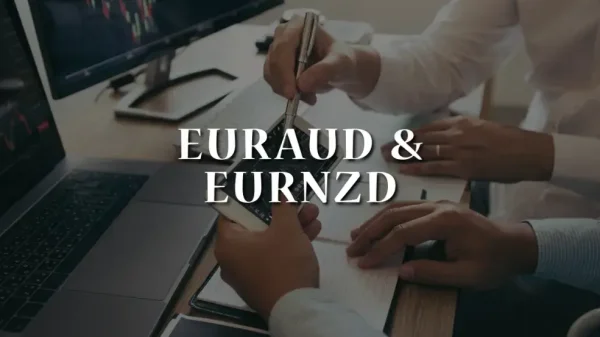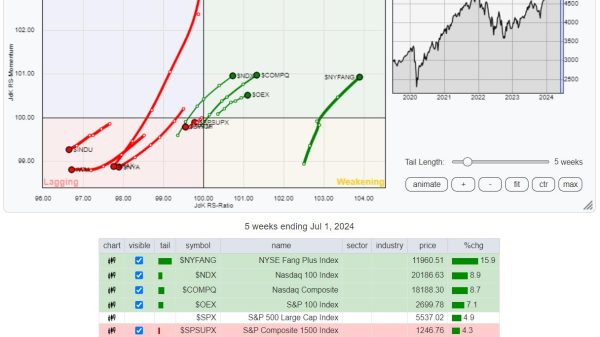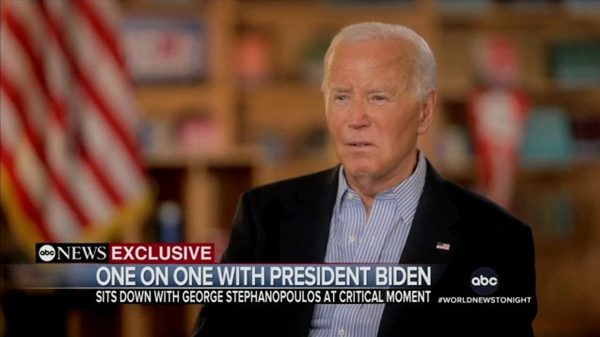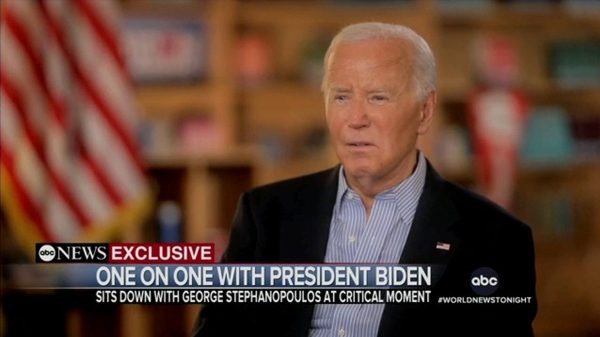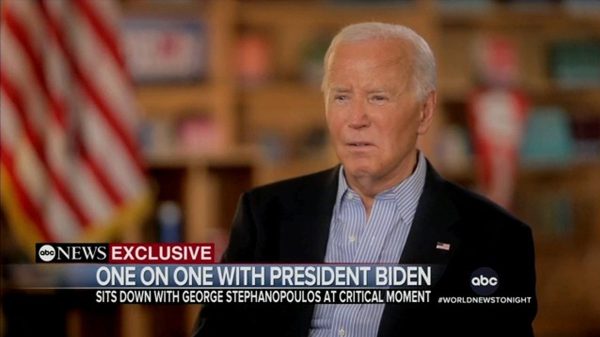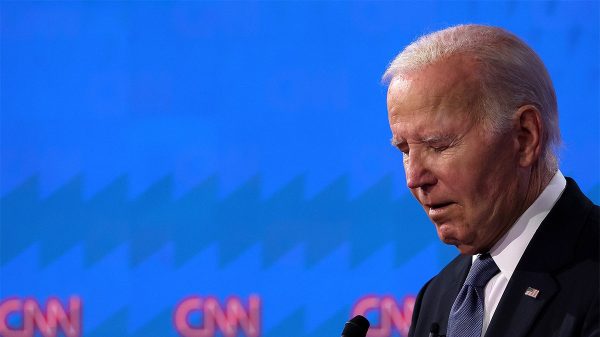Amidst the on-going differences that presently divide the American right, about matters ranging from economic policy to the proper understanding of the US Constitution, one word has been cited with considerable frequency, usually in tones of praise or disdain. That word is “fusionism.”
For many national conservatives, the fusionist project, associated with names like William F. Buckley and Frank Meyer that sought to integrate the “classical liberal” emphasis on freedom with the “conservative” focus on virtue and tradition, is finished. In practice, they claim, it emphasized the liberty half of the fusionist equation (especially in the economic realm) but downplayed or even ignored the virtue and tradition half. That, they argue, contributed to the reticence of some on the right to acknowledge—let alone work to roll back—the genuine rot in American culture epitomized by the woke phenomenon that calls, they believe, for more pro-active responses, including from the state.
Many classical liberals dispute this analysis. Does the federal government’s unending growth since FDR, including during Republican administrations, really suggest that wild-eyed libertarians have been running the right’s economic policies for the past 90 years? They also argue that some conservatives’ desire to deploy state power to try and revive a culture of virtue risks further opening the door to an ever-expanding role for government—one that won’t always be directed by conservatives, and which the left will use to realize various nefarious ends whenever and wherever they hold power.
There is, however, something dissatisfying about the contours of contemporary commentary on fusionism. Its history is often presented primarily in terms of strategy and tactics: i.e., getting American classical liberals, traditionalists, and free market economists on the same political page over and against the postwar progressive left and, more widely, the menace of the Soviet Union.
In this telling, thinkers like Meyer are presented as providing intellectual window-dressing to a pragmatic exercise in coalition-building. Communism’s collapse in Eastern Europe and the U.S.S.R.’s dissolution, it is held, removed a common enemy which was the essential glue that held the fusionist coalition together. Suddenly, the argument goes, many long-suppressed debates on Planet Fusionism, where a live-and-let-live status quo had hitherto prevailed, were up for grabs.
There’s some truth to that story. Meyer was as much an activist as a thinker, and coalition building is the lifeblood of successful political activism. The very nature of political coalitions is that you have to be willing to give up, say, 20 percent of what you want in order to realize 80 percent of your agenda.
Yet this account of fusionism is also an inadequate one. For one thing, fusionism never resulted in the marginalization of strong disagreements across the American center-right spectrum.
Consider, for instance, the disagreements between the classical liberal F.A. Hayek and the conservative Russell Kirk in the 1960s about the respective meanings of liberalism and conservatism. You can also go back and read some of the debates that occurred at venues like the Philadelphia Society. No one appears to have had much hesitation about engaging in vigorous disagreement about many issues in those circles where fusionism was regarded as a powerful influence.
Some of that disagreement also concerned Meyer’s writings. They attracted significant criticism from some libertarians as well as particular traditionalists. Some held that Meyer’s effort at fusion didn’t integrate enough of their priorities and concerns. Others argued that the differences were simply too great.
Nor is it clear that fusionism was as driven by pragmatic political imperatives as is often supposed. To understand this, we need only look at Meyer’s writings on the topic.
To be sure, Meyer’s work was not the type of exercise in detailed political and economic analysis as, say, Hayek’s The Constitution of Liberty or Wilhelm Röpke’s A Humane Economy—let alone something on the scale of Adam Smith’s Wealth of Nations. Texts like Meyer’s In Defense of Freedom do have an air of incompleteness about them.
That said, the intellectual strength of Meyer’s endeavor lay in his effort to trace the respective roots of the liberty and tradition camps back to particular streams of thought in the tradition of Western civilization. Meyer wanted to illustrate how these emphases had manifested themselves and, in many instances complemented each other, in the works of perennial classical and modern thinkers that people on the “non-left” recognized as among their intellectual forebears.
After all, questions surrounding the relationship between freedom, virtue, and tradition were hardly a phenomenon unique to the mid-twentieth century. Figures as varied as Thomas Aquinas, John Locke, Adam Smith, Edmund Burke, Thomas Jefferson, Thomas Paine, John Adams, Alexis de Tocqueville, and Lord Acton, as well as individuals like Hayek, Kirk, Buckley, and Röpke after World War II, wrestled with these matters and the associated tensions at length.
That’s not to say that these thinkers arrived at the same conclusions about the precise relationship between freedom and virtue (let alone a consensus on policy matters). They didn’t. But one can find broad agreement in the writings of most of these individuals upon a number of axioms. These might be summarized along the following lines:
Humans alone are capable of freedom. The social, economic, and political order should reflect that truth.
Virtue is indispensable for a free society, not least because in the absence of a culture in which virtuous behavior prevails, liberty becomes difficult to sustain and hard to distinguish from libertinism.
Pursuing the life of virtue requires a significant degree of liberty, to pursue knowledge of truth and to make choices between those habits which reflect consistent embrace of things like prudence, temperance, justice, and courage, the vices that represent their opposite (recklessness, hedonism, injustice, and cowardice).
There are principled limits on what the state can do in terms of encouraging virtue and discouraging vice. Certainly, there is no such thing as morally neutral law. Nonetheless, law must allow significant, even wide space for people to make free choices, including choices that are not objectively good for people to make. It is only through free choice that people become moral or otherwise.
Free markets, constitutionalism, rule of law, and the mediating institutions that we call civil society, which limit state power, depend on the existence of particular habits and attitudes that are objectively good in moral terms.
Particular traditions embody and convey information that we may not fully understand, but nonetheless help societies to remain free and make it easier for us to pursue virtue and reject vice. Tradition can also help to promote virtue and discourage vice through supporting the authority of non-state institutions to which people voluntarily adhere.
This is not an exhaustive list. But taken together, these axioms combine a number of “classical liberal” and “conservative” emphases that, it turns out, tend to support each other. They do provide a framework, even a common ground that, at a minimum, reflects a concern that liberty does not degenerate into libertinism, and that respect for tradition and recognition of virtue’s importance doesn’t become a rationalization for the destruction of freedom.
Certainly, that framework doesn’t definitively settle the stances of classical liberals and conservatives towards any number of questions, let alone generate uniform economic and social policies. But it does provide a number of principled starting points for classical liberals and conservatives to develop commonly grounded responses to particular challenges facing the United States.
One such challenge concerns how to address the serious policy and institutional wreckage that litters America’s social, economic, and legal landscape and which is a legacy of the progressive movement. Another is how to respond to the contemporary left’s desire to reduce freedom to self-expression and collapse the tradition of the West, especially its American manifestations, into one long story of oppression.
As conservatives and classical liberals tackle these issues, fusionist emphases would go some way to remind them that, however they do so, the simultaneous preservation and promotion of liberty and virtue is the point of the exercise. It also provides principled, rather than simply pragmatic, foundations upon which they can propose alternative institutional arrangements and policies to those favored by progressives.
Fusionism in this scenario is less about creating a permanent philosophical synthesis of classical liberalism and conservatism than it is concerned with identifying principled points of reference that conservatives and classical liberals agree are crucial if liberty and virtue are to buttress each other. At the same time, fusionism in this sense separates such individuals from those conservatives who don’t regard liberty as especially important, as well as those classical liberals who view concern for virtue and respect for tradition as likely obstructions to the exercise of freedom.
This may add up to a somewhat different fusionism to that developed by Meyer. But a great deal has changed in America since he and others worked on these questions. It could even be argued that the word “fusionism” may have had its day. We’re not living in the 1970s or 1980s anymore, and few remain of the generation who were invested in the term.
But the expression itself is less important than the fact that the precise mixture of principles, ideals, and institutions identified by fusionist thinkers as important happens to coalesce with key principles of the American Founding, whose leading thinkers regarded liberty and virtue as mutually reinforcing. Such principles and ideals are also what the contemporary left is so intent on dismantling these days.
For the contemporary left, liberty has little to do with virtue in any classical sense of the word. Liberty, in their view, is ultimately about self-expression. As for virtue, the very idea has been reduced to signaling to everyone else that you are a good person “by virtue” of associating yourself with progressive causes. Similarly, tradition is increasingly viewed by the left through the lens of cultural Marxism, which sees oppression everywhere.
In such times, the primary significance for any revitalization of fusionism in our time may well be that of reminding classical liberals and conservatives what is at stake by pointing to principles that many in both camps consider to be important truths that matter if America’s experiment in ordered liberty is to endure. Such a project is much more than an exercise in political pragmatism. It’s also about underscoring what is needed for any society if it wants to remain free and civilized.





